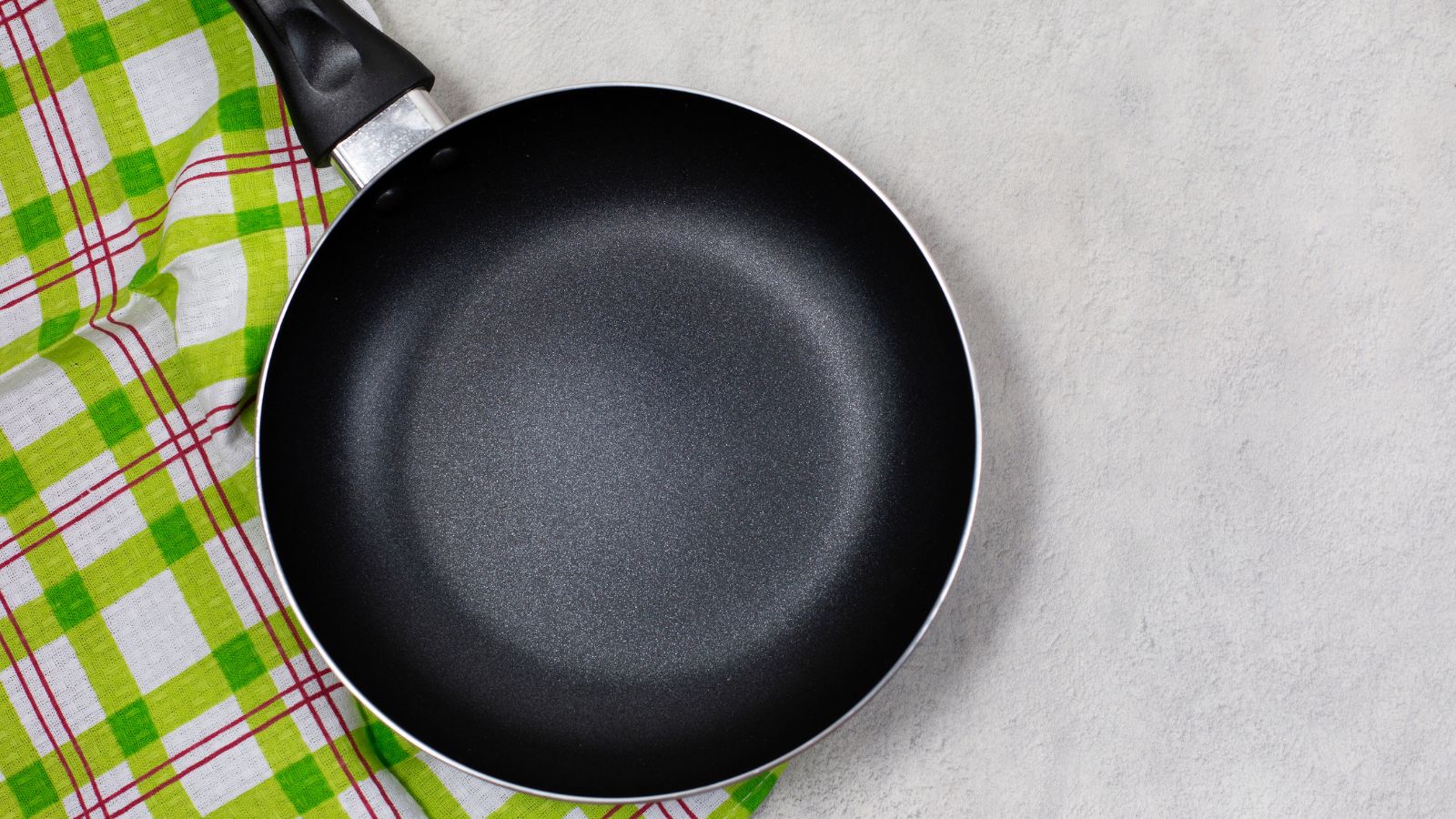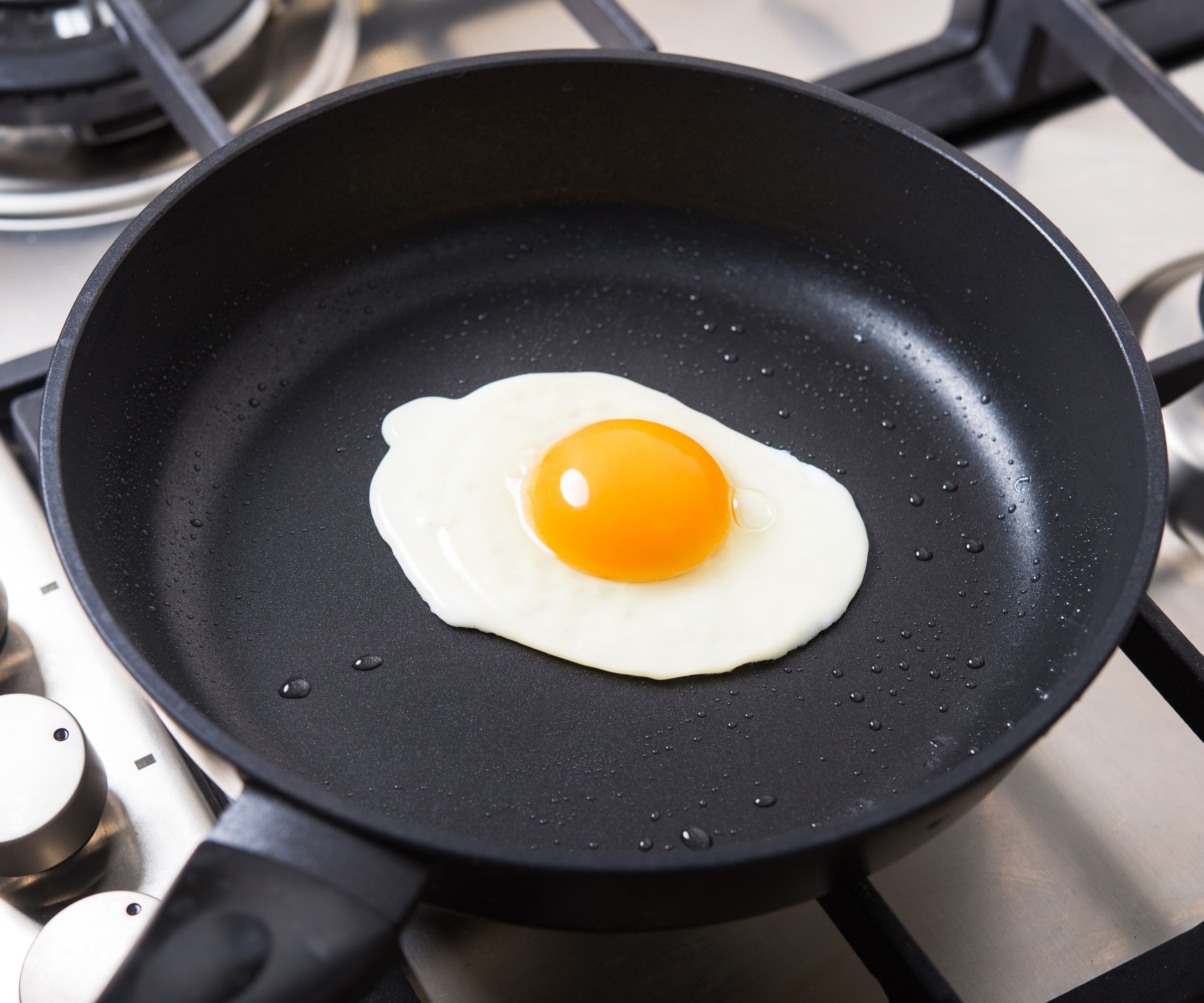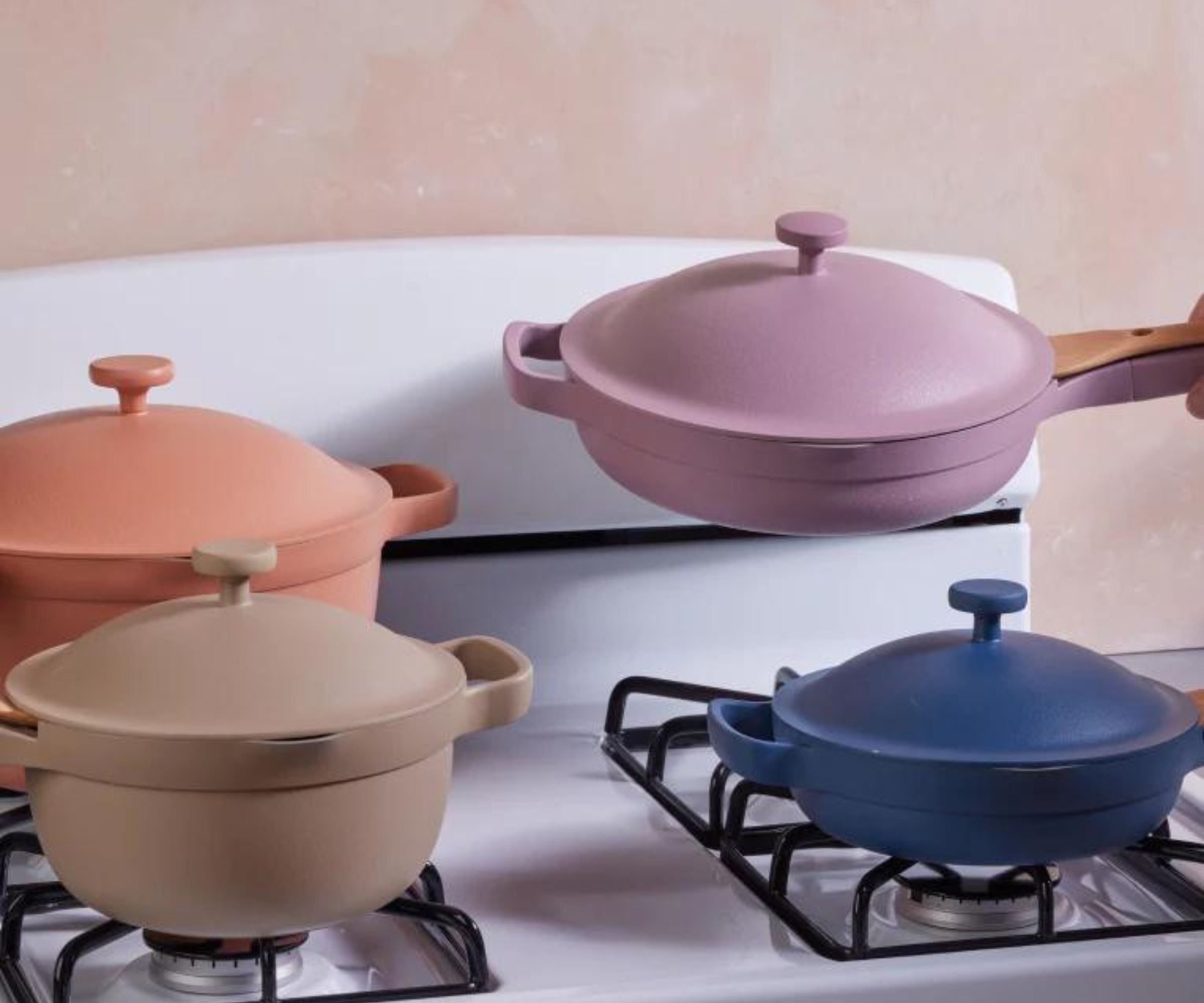Should you really buy non-stick pans? Expert advice on surprisingly divisive pans
Experts share their views on the popular kitchen cookware


Non-stick pans are kitchen essentials that have become popular thanks to their convenient cooking and cleaning properties. These pans are typically coated with a layer of polytetrafluoroethylene (PTFE) or ceramic, creating a surface that reduces the need for excessive amounts of oil and makes cleaning a breeze.
However, these PTFEs have been linked to several health concerns, and ceramic pans can command a high price point. What's more their coating means that non-stick pans are one of the things not to put in a dishwasher despite what some packaging says. Putting non-stick pans in the dishwasher may destroy the integrity of the coating, so it to flakes and peels off.
With all this in mind, it seems like it may not be worth the bother. That's why I spoke to cooking and appliance experts about these popular pans and whether they're worth the investment.
Should you buy non-stick pans?
Before you commit to buying a complete set of non-stick pans, such as these from Amazon, here are some factors to consider:
Cooking benefits

According to cook Amna Muqeem, one of the primary health benefits of non-stick pans is that you can cook with less oil. This is advantageous for those aiming to reduce their overall fat intake and adopt a healthier lifestyle without sacrificing flavor.
As a result of using less oil in cooking, non-stick pans can mean a reduction to your calorie intake, so they can help those conscious of their calorie consumption.
That's also true if you cook with butter or lard. Non-stick pans enable the preparation of dishes with minimal or no added fats, promoting healthier cooking methods. This is particularly beneficial for individuals with dietary restrictions or health concerns related to fat intake.
Away from the potential health benefits, there's the more straightforward uses in cooking. Non-stick pans are versatile and suitable for various cooking techniques, from sautéing to frying. Their versatility makes them a valuable addition to any kitchen, accommodating a wide range of recipes and cooking styles.

Amna Muqeem is a baking enthusiast and editor-in-chief at Specially Fried. With a deep love for all food, she brings her expertise and creativity to the forefront, ensuring delightful content for cooking enthusiasts.
Cleaning benefits
‘Non-stick pans are renowned for their effortless cleaning. The slick surface prevents food from sticking, making it easier to wipe or rinse off residue,’ says appliance expert Sarah Johnson. ‘This not only saves time but also encourages regular maintenance for a more hygienic kitchen.’
The days of scrubbing stubborn food residues are over. Thanks to non-stick pans, you can spend less time at the sink and more time enjoying your delicious creations.
Sarah Johnson is an appliance expert at Big Air Fryers an online platform sharing expert insights, recipes and community reviews for all things air fryers.
Durability and maintenance
Non-stick pans often provide even heat distribution, allowing for uniform cooking and preventing hot spots that might cause unevenly cooked food. The non-stick surface makes it easier to flip foods like pancakes or omelets and makes it easy to toss vegetables or stir-fries.
The non-stick coating makes washing up a breeze, as food residues are less likely to stick. That means they need minimal scrubbing or soaking, and left over food residue will wash right off. Hand washing with a mild detergent and a non-abrasive sponge from Amazon can prolong their lifespan.
Proper care can extend the lifespan of non-stick pans, providing durable cooking tools that maintain their non-stick properties over time. The golden rule is that you must avoid metal utensils that can scratch the non-stick surface. Choose silicone, wood, or plastic utensils instead. Cooking at moderate temperatures also reduces the risk of damaging the non-stick coating and minimizes the release of potentially harmful fumes.
Health considerations

Most non-stick pans are coated with a layer of PTFE, commonly known by its trade name, Teflon, which raises some health concerns. As when found we covered if air fryers are toxic, a damaged PTFE coating can release toxic fumes, which can be harmful if inhaled.
As health-conscious cooks, we're always on the lookout for safer options, such as the SENSARTE 12.5 Inch Nonstick Frying Pan Skillet from Amazon, which uses granite.
Some non-stick pans use alternative coatings such as ceramic, such as the cult classic Always Pan. Ceramic cookware is a bit stickier than teflon, but it’s also much safer. The actual non-stick compound is naturally occurring and basically inert, so you don’t have to worry about any potential health or environmental impacts. However, ceramic chips more easily, and it tends to be more expensive.
Environmental impact
Some non-stick pans, unfortunately, may not be as environmentally friendly. Whilst technically PTFE can be recycled it is normally too expensive or specialized for recycling centers to do it. Therefore in most cases, PTFE non-stick pans will end up in dumps and landfills.
‘When PTFE is burnt, it releases incredibly toxic and harmful gasses into the air damaging local vegetation, wildlife and people who live and work nearby,’ says Angela Rubin, owner of Hellamaid. ‘When choosing your kitchen pans, select cookware that considers both your culinary needs and its environmental impact.’

Hellamaid is an award-winning cleaning company in Canada that's been featured on multiple global media brands.
FAQs
When should you replace non-stick pans?
If taken care of, you can expect your non-stick pans to last you about five years. However this may fluctuate based on use and if the non-stick surface starts to peel. If that happens, it is recommended that you discard immediately so the peel does not end up in your food.
The decision to buy non-stick pans depends on individual preferences, cooking habits, and health considerations. While they offer significant benefits such as reduced oil usage, lower caloric intake, and easy cleaning, it's crucial to choose high-quality, PTFE-free options to address potential health concerns associated with certain non-stick coatings.
Sign up to the Homes & Gardens newsletter
Design expertise in your inbox – from inspiring decorating ideas and beautiful celebrity homes to practical gardening advice and shopping round-ups.

Seraphina is a contributing editor at Homes & Gardens, writing Solved features on organizing and storage. She loves to decorate and also grow her own produce from her home in London. Her previous experience includes working at Women's Health and Fabulous Magazine.
-
 Extend the lifespan of your appliance with 5 simple but crucial washing machine maintenance tips
Extend the lifespan of your appliance with 5 simple but crucial washing machine maintenance tipsFrom cleaning the filters to keeping the door open, experts reveal the washer tips they swear by
By Andy van Terheyden Published
-
 These are the 6 must-have colors to decorate with in April 2025
These are the 6 must-have colors to decorate with in April 2025What do retro-inspired yellows and beautiful blues all have in common? They're on our hot list for the season ahead
By Sophia Pouget de St Victor Published